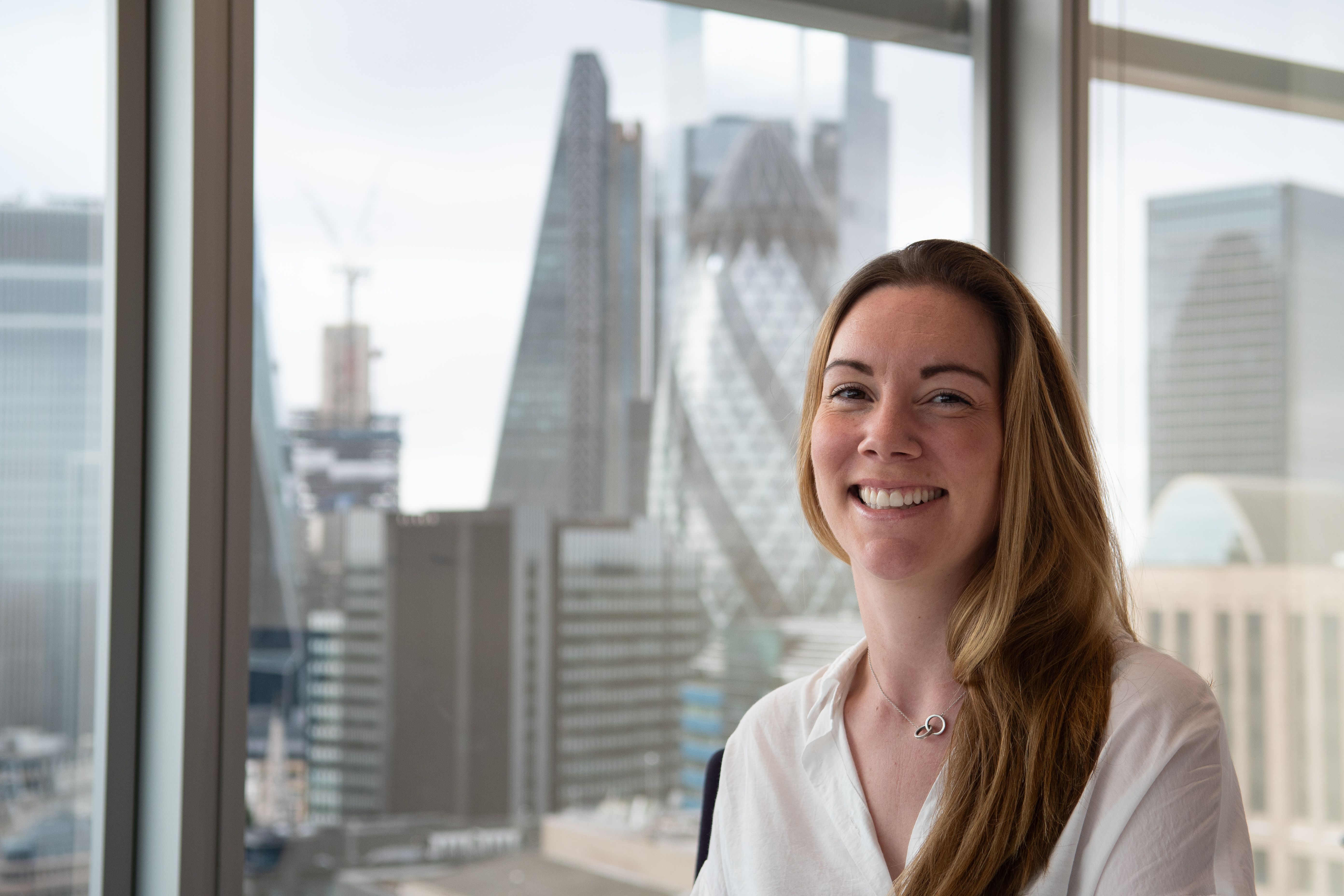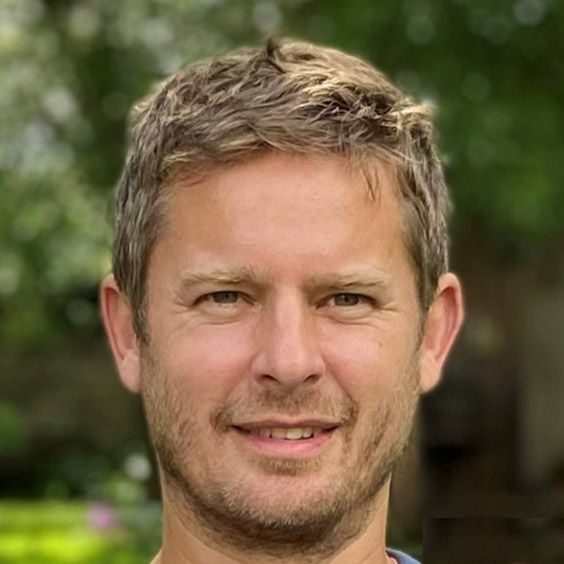On The Nature Stage we look at how nature-based solutions allow us to reduce whole life carbon, increase sequestration, replenish nature and seek more efficient ways of reusing different building materials; exploring the barriers to and benefits of building with nature.




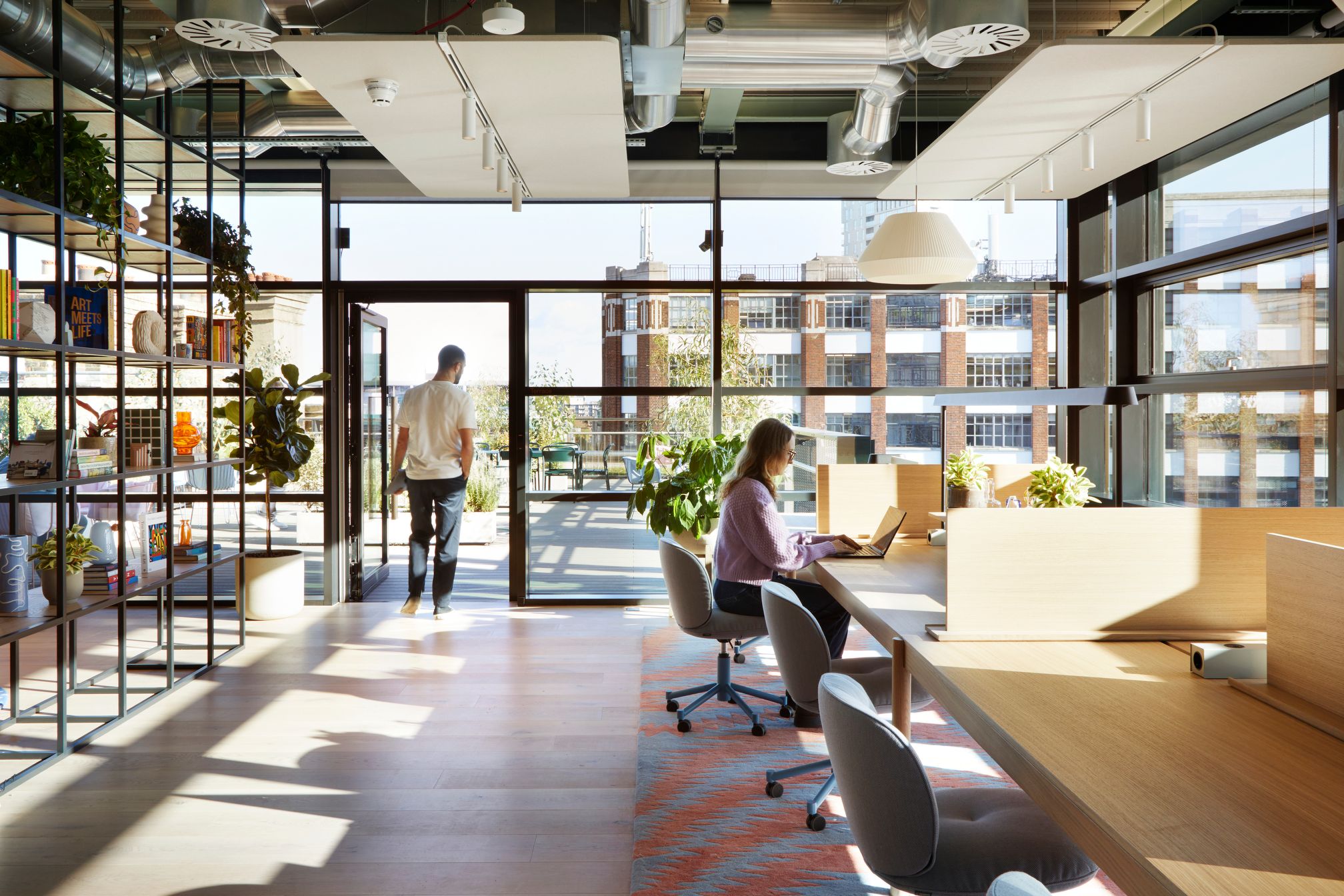
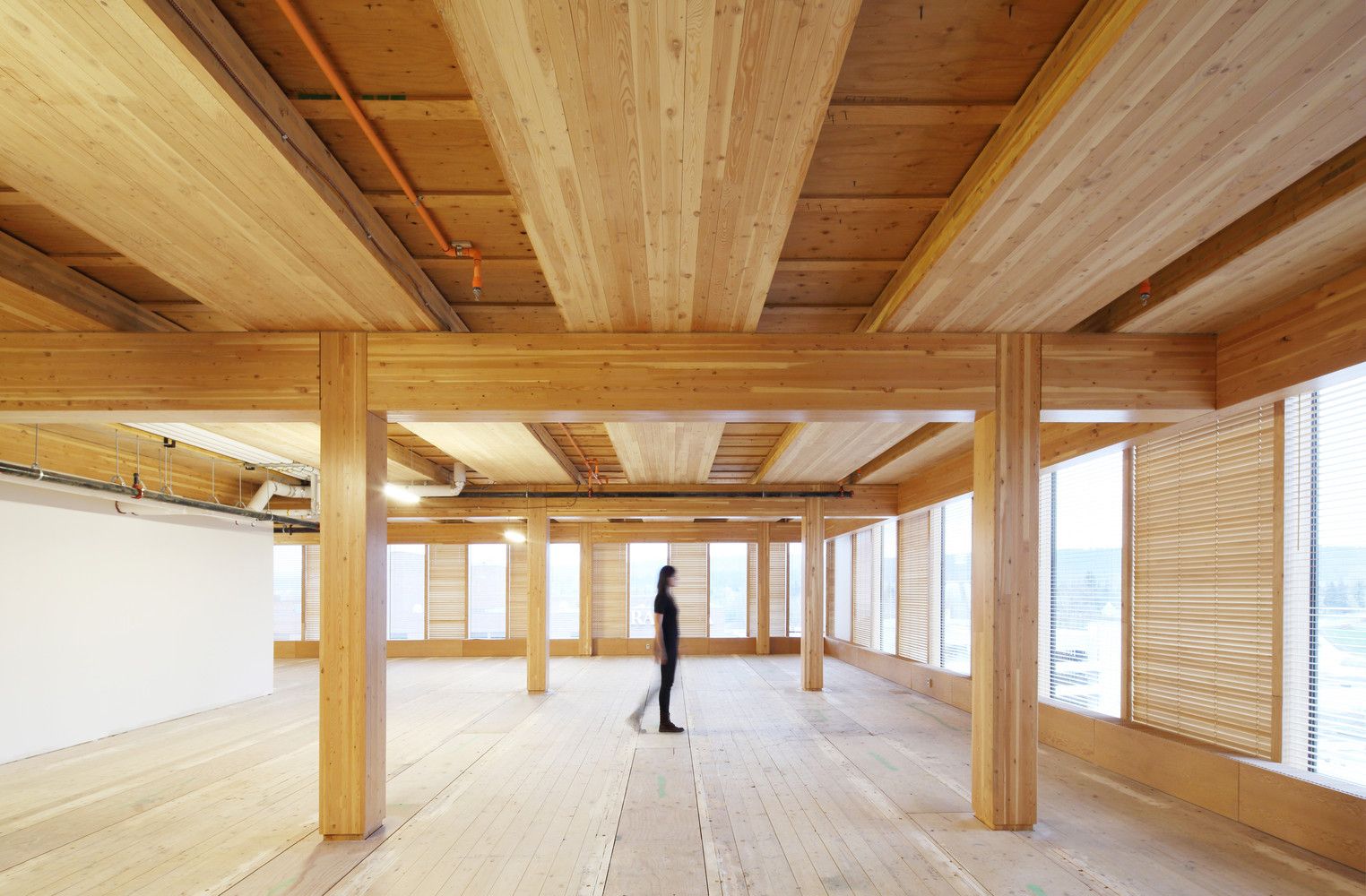



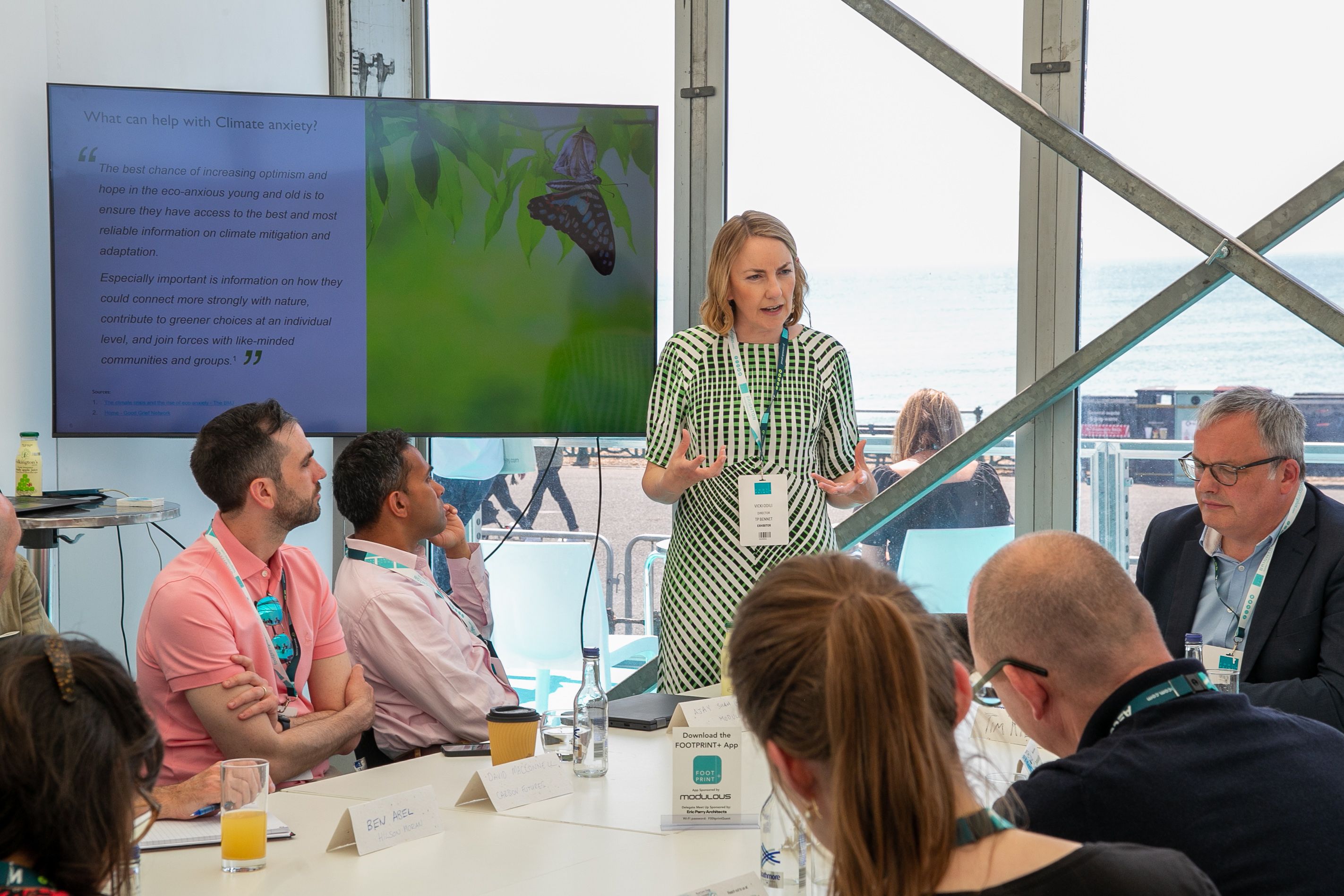
)
)
)
)
)
)

.jpg/fit-in/120x9999/filters:no_upscale())
)
)
)

.png)
)
)
)

)
)
)
)

)
)
)
)
)

)
)
)
)
)
)

)
)

)

)
)
)
)
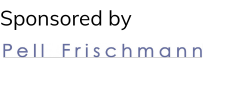
)
)
)
)
.png)
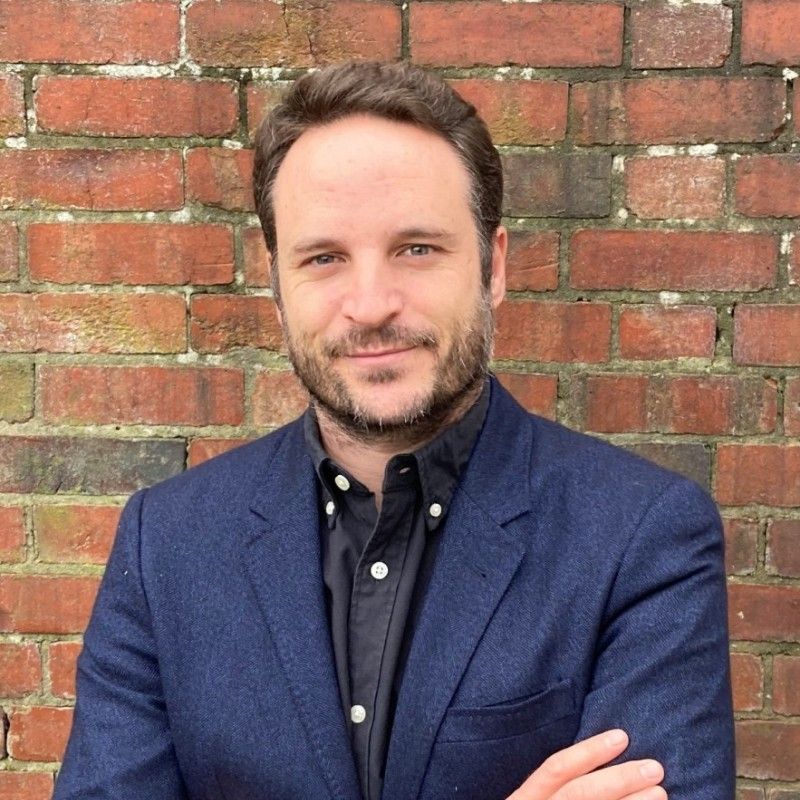
)
)

)

.png)
)
)
)

)
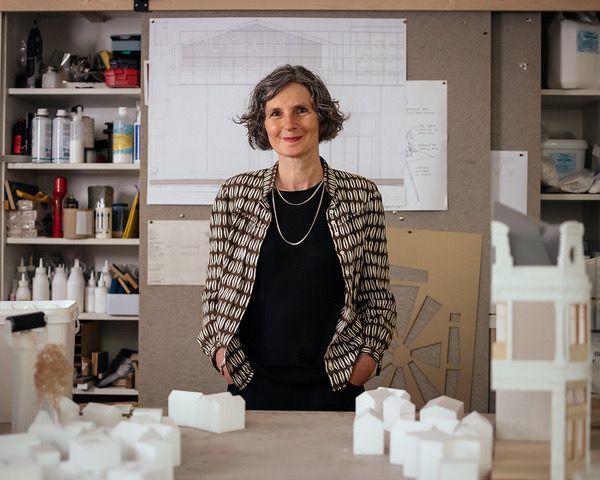
)
